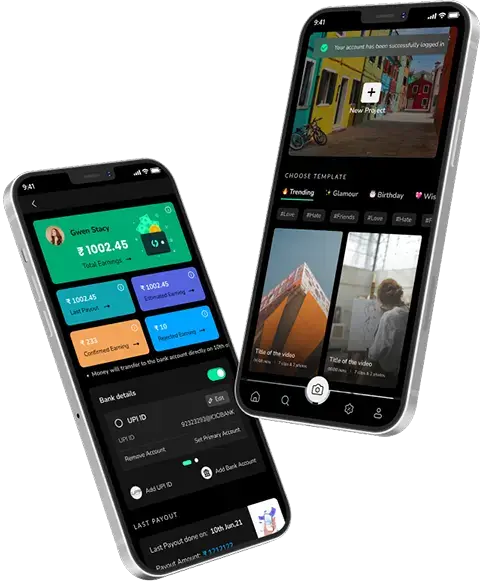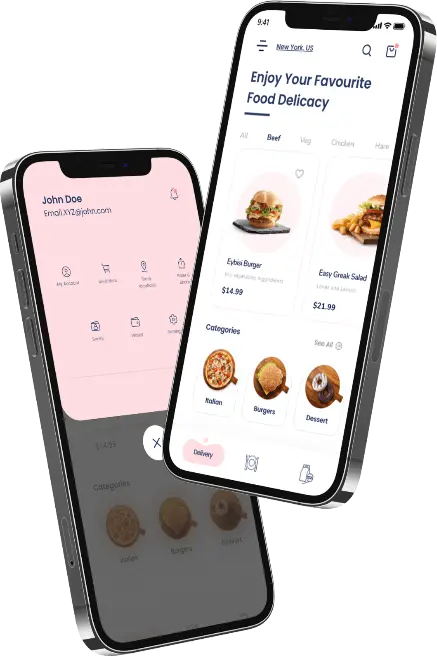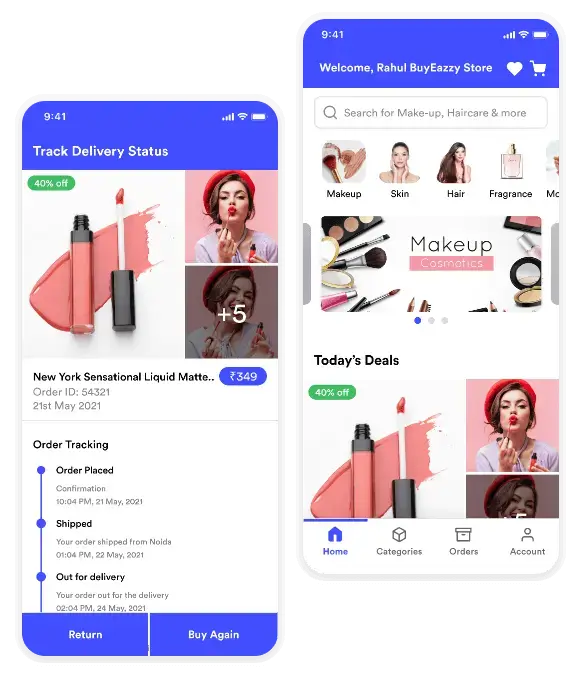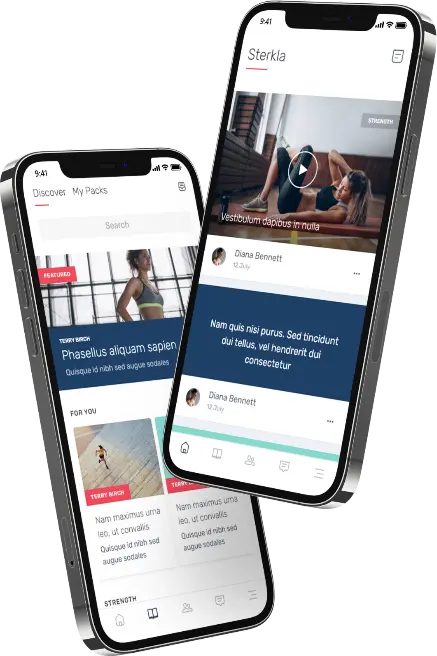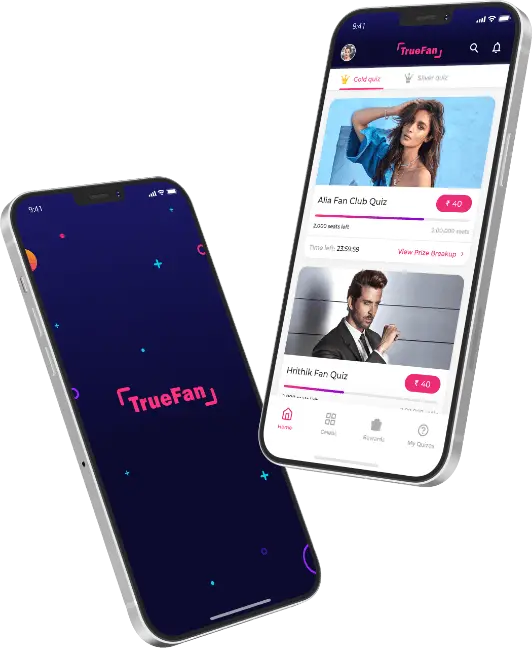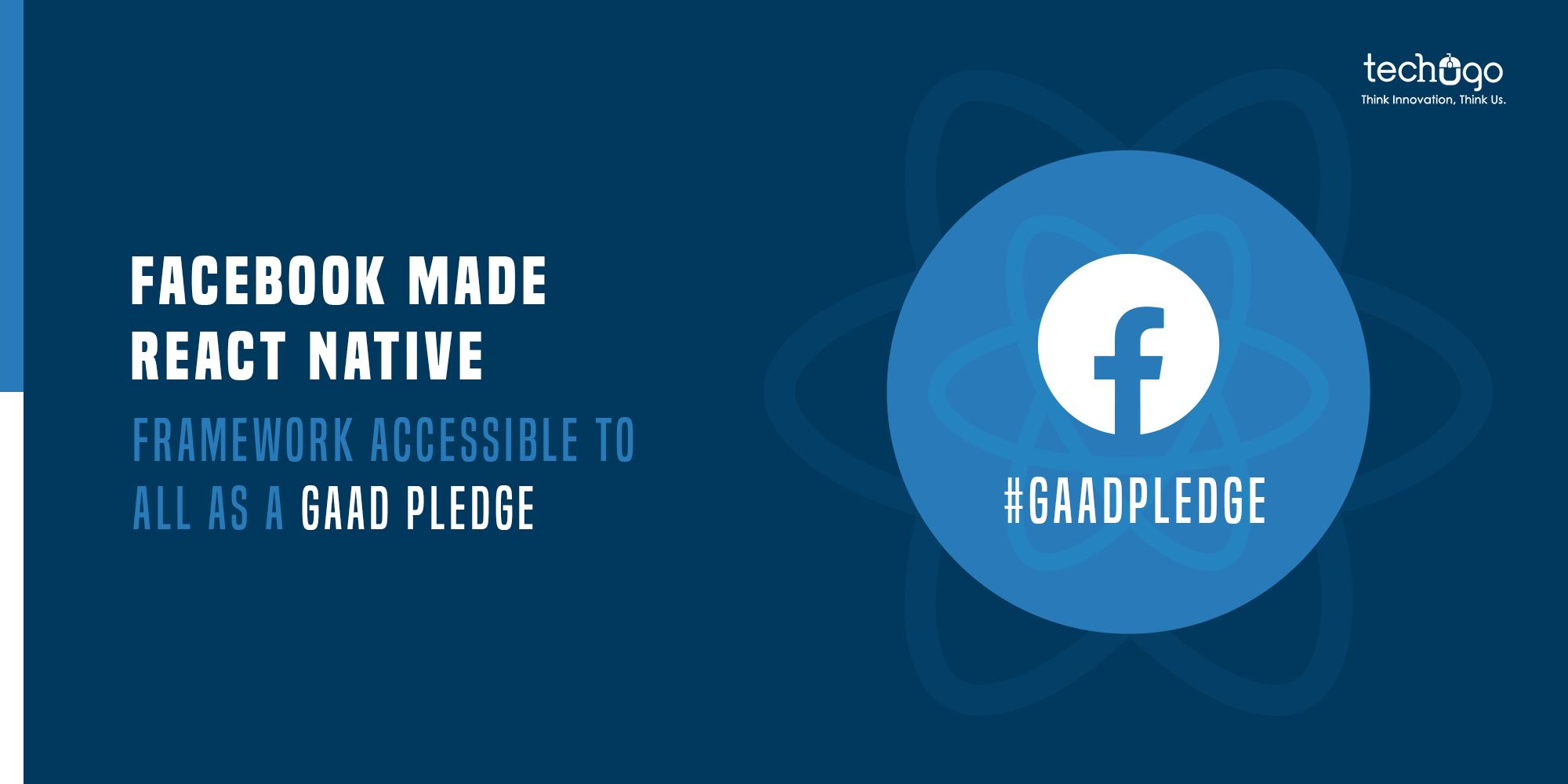GAAD- Global Accessibility Awareness Day (GAAD) is a day dedicated to raising awareness of the need for digital inclusion. Our world has more than 1B people living with disabilities, and it is our duty to keep them in our minds always and provide them a platform, where they can connect with the world.
This year GAAD has celebrated people with social media giant Facebook. And the initiative taken by Facebook will ensure to connect, support, and advocate people with disabilities through React Native development. Let’s read more with this post today about the pledge taken by Facebook and how it will affect the world for its betterment.
What you should know about GAAD- Global Accessibility Awareness Day
As stated by the Joe Devon, COO of Diamond and Co-Founder of Global Accessibility Awareness Day, “ When I co-founded Global Accessibility Awareness Day, it was surreal to see the GAAD hashtag go viral each year. However, it is painful to see how much work there is left to do to make digital products accessible to People with Disabilities.”
Facebook took GAAD Pledge
This pledge is a commitment made by organizations and developers to make accessibility a prime face of their open-source projects. And in this run, Facebook is the first company that has taken the pledge and made React Native framework fully accessible.
React Native was built by Facebook, and with this pledge, it will be an easy job for the developers using React Native, helping them to create fully accessible mobile apps.
How Facebook is making a difference?
Facebook has marked the Global Accessibility Awareness Day Thursday, by making its React Native open-source framework fully accessible.
The social media giant has further stated that it has built React Native to create fully accessible mobile applications. With this Facebook has a strong hope that developers will be able to create fully accessible mobile apps. And it will inspire other organizations as well to build technology to be used by anyone.
On the other hand, there are few guidelines that have been released by Facebook to make social media posts more accessible for all.
How to make Facebook or Instagram posts more accessible?
One Billion people across the world have some form of disability, therefore it is most important to consider few steps while posting on Facebook or Instagram.
Use simple language
- Whenever you post on Instagram or Facebook, ensure to use simple and easy language;
- Use shorter sentences; as longer sentences can be hard to understand;
- Use sentence case, instead of all capital letters making it easy for people with cognitive and learning disabilities to read it.
A simple way to use
- Capitalize the first letter of the word in the hashtag. For instance use #TechForYou, not #techforyou;
- Such type of usage is called CamelCase, which makes it easy for the readers to understand and also enable screen readers used by people who are blind and visually impaired, to pronouns hashtags easily.
Emojis should be flawless
- When you place emojis on your message, then avoid creating emoticons using text, like: “\()(“/ sort of;
- Such emojis are hard for the people to understand;
- Screen readers can explain them to blind and visually impaired people;
- Use the emoticons with small pictures that directly convey the meaning to the readers, use Jand other types of emoticons.
Be cautious while using color
- The text becomes hard to read when it has a complete image or dark images;
- Ensure to place text on the solid, high-contrast background;
- It helps in increasing the contrast between text and its background.
Photos must be clear
- When you upload a pic, you must check to add a brief description for photos, known as alt text;
- This alt text is spoken by screen readers to describe images to the blind and visually impaired people;
- You must keep the content short but descriptive enough, like, “cooking food with my mom today”;
- The simple is the description, the better it is.
Animated Gifs
- Gifs can be tricky; using the strong visual patterns including flickering, or flashing sort can make it tough for the people to understand with cognitive disabilities;
- In some most severe cases, such images can cause seizures to some people;
- To avoid this, pick those Gifs which do not flash more than 3 times per second and do not run more than 5 seconds.
Add audio
- Include a text message with your audio recordings to help people with hearing loss to understand your post;
- Also, the transcript helps people to understand the video in a noisy environment;
- To make your transcript effective, include descriptions of sound effects and other noises and provide the reference for who is speaking.
Include video
- Don’t forget to add a caption and transcript for your videos;
- It helps people who are deaf or have difficulty hearing;
- It is easy to make a transcript, you just need to include a plain text version of what’s being spoken in the video.
Food for thought
The accessibility for all is not an act but a CSR initiative we all can take to make things easier and simpler for the people who are dealing with disabilities. And this will also create a one-piece fabric for everyone, to understand and enjoy what is been shared.
With this, I would like to bid adieu to you all, keep watching this space for more information to come your way.
Post Views: 4,179




 SA
SA
 KW
KW
 IE
IE AU
AU UAE
UAE UK
UK USA
USA
 CA
CA DE
DE
 QA
QA ZA
ZA
 BH
BH NL
NL
 MU
MU FR
FR











